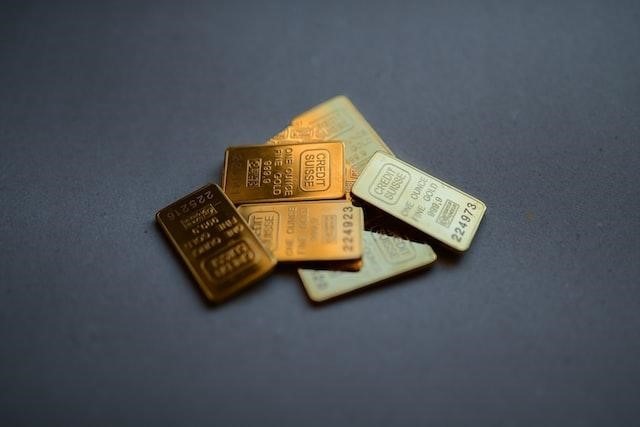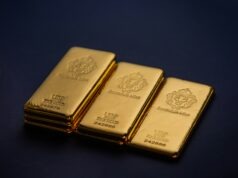
Financial experts recommend investors of precious metal IRAs be conservative with gold or other metal selections. Based on the condition of your investment portfolio, the suggestion is roughly 10 percent of overall retirement funds dedicated to precious metals.
The reason for what would, for some, appear to be an exceptionally conservative figure on how much gold a person can own is to maintain diversified holdings, a sign of a well-established investment strategy. A plan with too great of one asset or heavily focused on a specific type incurs a more substantial threat of loss.
Plus, the physical commodities, while steady with long-term value, are not “aggressive” with growth in the same way as perhaps stocks. If a portfolio is inundated with gold, you might miss building wealth more rapidly.
It would be best to consider that potential with a diverse grouping of other investment choices and merely a splattering of precious metals to stabilize the mix.
What Is a Precious Metals IRA

A precious metal or gold IRA is a special individual retirement account referred to as a self-directed IRA. These accounts permit investments in a vast range of unconventional commodities like gold. Options that are not available for holding in a conventional IRA.
The self-directed and conventional accounts are comparable in virtually every other way, including the tax benefits and contribution rules. Go to https://www.investopedia.com/articles/trading/05/021605.asp for details on how commodities serve as a hedge in an investment portfolio.
Precious metals are options investors choose in small quantities to help protect the wealth accumulating in the account, serving as a hedge against a volatile market and uncertain economy. The option is not without its own risk, nor are there no downsides. Precious metals, particularly gold, are expensive compared to other investments, not only as a purchase but the fees and charges associated with the IRA itself.
These include setting up the account, specialized custodians, transaction charges, and storage depository costs. Precious metals cannot be stored in your home or another facility without resultant tax repercussions and penalties.
The funds can only be withdrawn once the account has reached maturity or the individual is 59.5 years of age. Again, the recipient will face the same consequences since the IRS has stringent guidelines on self-directed IRAs backed by precious metals.
Is A Precious Metal IRA Right for You
A gold IRA is considered a viable investment choice by many investors selecting the option due to concern over an uncertain economy and inflation plus market volatility. These IRAs carry a higher price point than you’ll see with other investment opportunities making it necessary to weigh the pros and cons.
A gold IRA is also not without downsides and risks of its own. The precious metal holds steady with its value and sees growth over the very long term, but you won’t see a rapid, aggressive accumulation of wealth as you would with an asset like stocks.
The recommendation is to consider precious metals at a point when your portfolio has gained strength, and you’re ready to diversify the holdings. Then it is wise to merely allocate a small percentage of funds for purchasing physical gold or platinum, silver, or palladium – also allowed in a gold IRA.
The IRS oversees the regulations with self-directed IRAs holding precious metals, primarily designating which metals can be held based on purity plus specific coins not in a rare or collectible category.
Your approved custodian specializing in precious metals will guide your compliance and manage the account until it reaches maturity holding the metals in storage until that time. Click here to learn what you need to know before investing in gold and other metals.
Final Thought
With an investment portfolio, the client’s goal is to accumulate as much wealth for their future as possible using aggressive, often risky assets, meaning they need to offset the threat of loss with a more stable investment.
Diversifying with precious metal IRAs is a favored option, but it has many variables that need to be considered to determine whether it is the right choice for your portfolio.
If you can afford the high price point and have a substantial investment strategy working in your favor, you can spare approximately 10 percent of your retirement funds for metals like gold. It is enough to stabilize the risks but not too much to stagnate the growth.


































